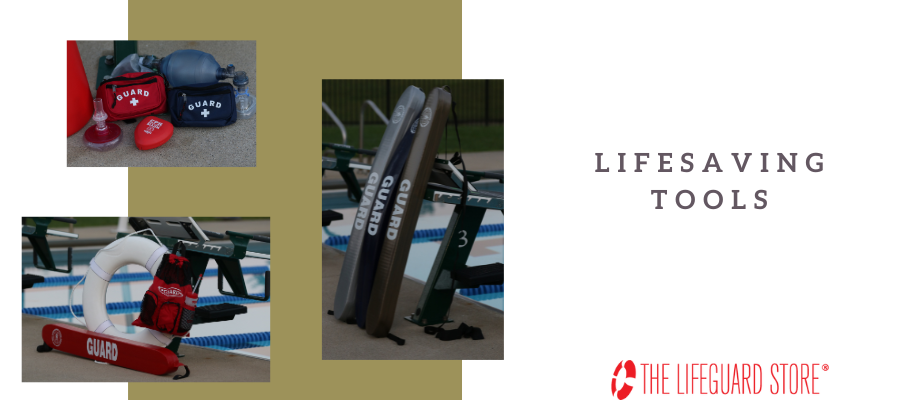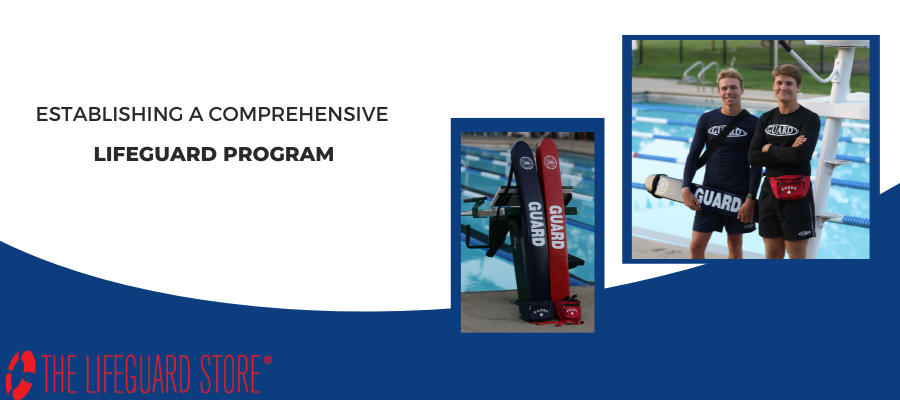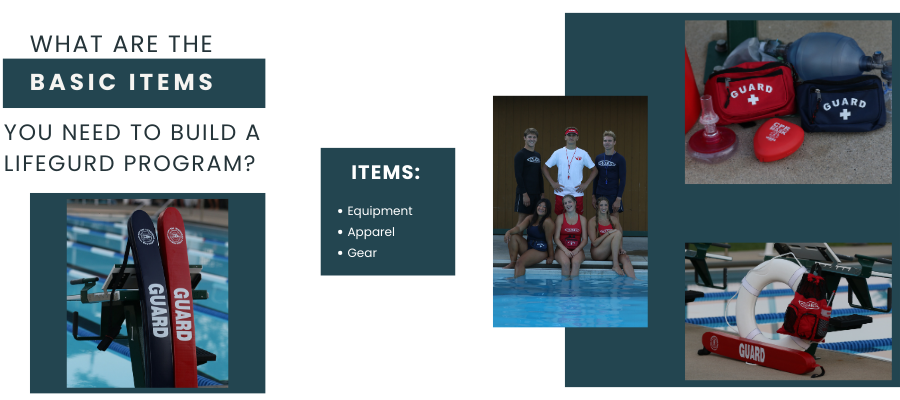How Improving Core Strength Will Make You a Faster Swimmer


The importance of core strength and proper posture in swimmers has rapidly gained attention in recent years. Your core consists of the muscles that run from your glutes to your upper spine along with your abdominal muscles, and those of the upper and lower back and shoulders. Building core stability helps you engage your whole body while swimming, rather than just using your shoulder muscles. Having a strong core helps you swim faster and straighter.
One of the biggest enemies of core strength is bad posture. Improper posture, caused by sitting or sleeping in a hunched or slouched position, can wreak havoc on your core muscles. Office jobs and those that involve sitting for extended periods of time can cause you to develop hunched shoulders and a curved neck. Bad posture results in the shortening of your pectoral muscles and lengthening of your back muscles. This, in turn, affects your swimming by impairing your catch technique, causing crossovers and even increasing shoulder injuries. Bad posture in the water results in a sloppy technique that often leads to injuries.
Many swimmers develop shoulder and knee injuries in their swimming career. A study of both collegiate- and master’s-level swimmers showed that 47 percent of collegiate-level swimmers and 48 percent of master’s-level swimmers experienced shoulder pain lasting three or more weeks. This same study listed strengthening of the shoulder muscles as an effective way to reduce fatigue and the occurrence of shoulder injuries.

Knee injuries are the second-most common source of pain in competitive swimmers, with 86 percent of breaststroke swimmers reporting knee pain related to their swim technique. While injuries due to repetition are common for swimmers, injuries caused by recurrence of improper technique are enough to cause damage.

Remembering to sit and stand up straight, and doing exercises to strengthen and stretch the core and shoulder muscles, can keep bad posture from becoming a long-term habit. Strengthening your core not only helps your swimming technique, it also prevents you from getting common swimming injuries of the shoulders and knees. Many swimmers are aware of the importance of building core strength to improve their swimming speed and technique, although they may not be sure how to incorporate it into their workout routine.
Fortunately, there are several core-building exercises you can do in the pool, on dry land or at the gym, with most requiring little to no equipment. Doing these exercises a few times a week can significantly improve your speed, propulsion and technique while helping you avoid injury.
Core Strength to Improve Swimming
Having increased core strength can greatly improve your performance in the water. An engaged core results in more powerful strokes and faster swimming. While coaches used to advise swimmers to swim flat in the water, the best swimmers now swim with their whole body. A full body roll is recommended with rotation of the torso, hips and shoulders. Having a good body roll technique improves your stroke by making it longer and stronger.
Some of the other benefits of improving your core strength include:
-
-
Helping keep you straight and aligned in the water
—Your core is the center of your body and helps keep you stable and balanced. Having straighter posture in the water helps your arm extensions stay straight. This, in turn, decreases the amount of energy expended while swimming.
-

-
Assisting you with pulling, pushing and kicking
— Since all your arm and leg movements originate from your core, having a stronger core will help with you both your stroke and pull technique. This can help you gain traction and speed in the water.
-
Helping you swim faster
— When you engage your core muscles while swimming, your body becomes more streamlined. This results in better propulsion through the water and reduces drag.
-
Helping you avoid knee and shoulder injuries
— Bad posture is a common cause of injuries in swimmers. Having a strong core can improve your posture. When your body is aligned, there is less stress on your joints and muscles. Having a more flexible trunk allows your body to easily bend, thus lessening the chance of sustaining injuries. A strong core provides a stable platform for your arm movements, helping you avoid swimmer’s shoulder.
-
Helping you keep your technique together for longer
— Having a strong core will help you keep going when you are fatigued. It also keeps your arms and legs going strong, which results in more powerful kicks and pulls. For freestyle swimmers, developing core strength makes breathing easier.
The benefits of having a strong core even extend outside the water, as you will also see a difference in your other athletic endeavors, such as lifting and running. A strong core also results in improved posture. Working your core helps combat the bad posture that results from sitting and hunching for extended periods of time.
Core Exercises for Swimmers
Core exercises for swimmers consist of both water and dry-land exercises. Core activities in the water usually consist of swimming with one arm at a time to develop the core muscles that support your spine and internal organs, as well as visualizing the core areas while strengthening and stretching them. It’s easy to incorporate core exercises into your existing swim workout. Since it’s not always possible to be in the pool, dry-land exercise can be done before, after or in place of a water workout.
Swimmers benefit from doing core exercises in the water in a few different ways. In-water exercises are excellent for resistance training. Most swimmers find it easier to fully bend and flex while in the water, and since in-water exercises aren’t weight-bearing, there’s little stress on the joints, thus eliminating some of the aches that occur with dry-land exercises.

You can do the following exercises that focus on core awareness while swimming:
-
Stretching Your Core
— While swimming, visualize a piece of stretchy elastic running from the top of your rib cage to your pelvis. Stretch your rib cage away from your pelvis and imagine pulling the elastic tight. Continue fully stretching as you swim to keep the elastic taut. This engages your core and strengthens your torso and lower core muscles.
-
Squeezing Your Glutes
— To strengthen your glutes and develop a more efficient kick, imagine you have a large coin that must stay in place. A light squeeze of your glutes is all you need to engage this area and straighten your body properly.
Dry-land exercises for swimmers consist of those that focus on strengthening and stretching the core muscles. The goal is to increase your core’s flexibility, stability and strength to increase control of the pelvis and improve your posture, while also increasing your endurance. There are many dry-land exercises recommended for swimmers, though they may go by different names.
Your dry-land training technique will vary according to the type of swimming you do and your goals, since each exercise targets slightly different muscles and areas of the body.
-
-
Planks
— Planks are the ideal core-strengthening exercise, since they target all the abdominal muscles at the same time. There are many possible variations of planks. However, this is the basic technique:
-

-
-
- With your elbows directly under your shoulders, and your feet pressed into the ground, raise yourself up on your forearms.
- Be sure to keep your body in a straight line from ankles to shoulders, and don’t allow your back to arch or your bottom to stick up. Squeeze your glutes and abdominal muscles to engage your core and ensure a straight spine-line.
- Try to hold the position for at least 30 seconds, gradually increasing your time as your ability increases. Be sure to breathe.
-
Scissor Crunches
— Scissor crunches strengthen the muscles from your lower back and abdominals down through the glutes and legs. They can help you develop a powerful kick.
- Lie on your back and raise your opposite arm and leg off the floor until your hand touches your foot. Your active leg should be raised toward the ceiling while keeping your other leg a few inches off the ground.
- Hold the position for 10 to 30 seconds. Repeat with the opposite arm and leg.
- Aim for three to five sets on each leg.
-
Russian Twists
— Russian twists are particularly beneficial to freestyle swimmers, since they combine the rotation of the upper torso with the stable hip position needed for this kind of swimming.
-

-
-
- From a seated position, raise your feet and ankles off the ground, bend your knees and lean back slightly.
- Turn your shoulders 45 degrees to one side and touch the floor.
- Repeat from side to side with controlled movements, making sure to keep your legs still and balanced. For an added challenge, try this exercise while holding a dumbbell or medicine ball.
-
Hip Bridges
— This exercise works your lower abdominal muscles, along with your hip flexors and hamstrings. You can also add weight to increase resistance.
- While lying on your back, put your arms by your side and plant your feet firmly on the floor.
- Raise your trunk until your spine is in a straight line. Don’t overextend your spine, as this can cause injury.
- Hold the position for three seconds, then slowly bring your trunk back down.
-
Superman/Superman Planks
— This exercise helps improve your posture by strengthening your shoulder muscles, glutes and back. Good posture is important for all swimmers to prevent shoulder injuries.
-

-
-
- Lie face-down on the ground, with your legs straight out and your arms over your head.
- While tightening your abdominals and glutes, lift your left arm while raising your right leg for about three seconds. Alternate with the opposite arm and leg.
- Keep your arm and leg movements raised and controlled.
- A variation on this exercise is the Superman Plank, which involves similar arm and leg movements while maintaining a push-up position on the toes or knees.
- After extending the opposite arm and leg, pull both into the body until your elbow touches your knee.
- Complete five to 10 reps on each side before switching.
-
Flutter Kicks
— Flutter kicks work your lower abdominal muscles and legs and simulate the kick used by freestyle and breaststroke swimmers.
- Lie on your back with your hands at your sides or supporting your rear end. Your legs should be extended straight out about two to eight inches above the floor.
- With legs straight and toes pointed, flutter your legs up and down several inches without touching the floor.
- Aim for 30- to 60-second intervals. To increase difficulty, raise your head to look at your toes.
-
V-Sits/V-Sit Kicks
—This exercise develops abdominal and lower back strength and helps improve the pull phase of your swim stroke. It is a variation of the flutter kick.
-

-
- From a sitting position, raise both legs up to a 45-degree angle.
- While keeping balanced, raise your arms straight out in front of you and try to reach your knees.
- Aim to hold this position for about 10 to 30 seconds, and repeat from a starting position three to five times.
- A variation on this is the V-Sit Kick, where you start kicking your legs out in front of you from a seated position.
- Raise your arms over your head in line with your legs and use your core muscles to stay balanced.
An effective core workout routine not only develops a toned midsection, it also increases the power of your stroke and allows you improve your swim technique continually. Incorporate core exercises into your regular exercise routine several times a week to improve your overall strength and endurance.
In addition to the above-mentioned dry-land exercises, swimmers can also benefit from taking yoga and Pilates classes to improve both their core strength and breathing technique.

Find All Your Swimming Needs at the Lifeguard Store
At the Lifeguard Store, we have everything you need to help you develop your swim technique. Browse our swim shop to view our extensive selection of swim gear, including training equipment, hand paddles, goggles and kickboards. We have thousands of items in stock, from swimwear and swim fins to training books and videos, to assist in your fitness and swimming endeavors. We’re proud to offer competitive pricing, fast shipping and no-hassle returns.






Leave a Comment
Your email address will not be published. Required fields are marked *